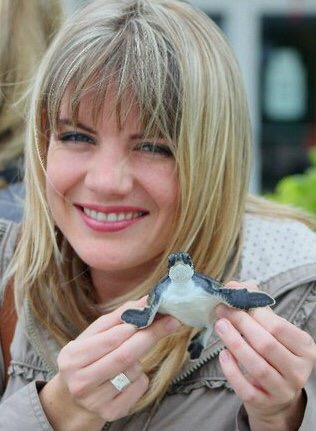Revitalize Your Music Studio
Organize and energize your music studio in the New Year!
With the start of 2020, we at Uptown Violins are excited to begin the new semester with our students! We want to recommend a couple of tools we’ve found useful in our own studios.
First of all, most music teachers struggle to keep up with their constantly shifting schedules, not to mention the paperwork that goes with running their own business. For this reason I interviewed Brittany about My Music Staff, a software program designed to centrally organize your music studio.
Here Brittany shared some of her thoughts about the product.
Ashley: Was my music staff easy to set up? Brittany: Yes, it was very user friendly!
Ashley: What is the program’s most beneficial feature? Brittany: Organization!!!! Specifically for scheduling, invoicing, note taking, emailing, billing, etc.
Ashley: How does it facilitate scheduling lessons? Brittany: You can input each student’s name and then their regular lesson time, and the app will fill in the rest if you request it to do so, including price, repeatability, etc.
Ashley: How do you like the note-taking feature? Brittany: I can easily find the student’s name and see what notes I have taken on their lessons each week. I would be lost without this feature! Parents also have access to the notes, lessons, and tuition pertaining to their own children, so they love it as well.
Ashley: What is the primary downside of the product? Brittany: For a studio of 10 or less, you may not need to spend the money on the app per month if you are already very organized and business savvy.
Ashley: Would you recommend My Music Staff to other music teachers? Brittany: I already have, and would recommend it to others in a heartbeat!
Ashley: Thanks for sharing, Brittany
See more about the abacus here.
Another fun, simple addition to your music studio this New Year is an abacus! Although you could use any abacus you prefer. I wanted something students could use in order to count their violin drill passages. I liked the detachable one better than the other options because I can give a row containing 10 counting beads to each of my students. For a five-year-old, I usually make her practice the passage five times, for a six-year-old—six times, etc. After age 10 I usually let them stick with 10 times. Now there’s no excuse for students not to practice their drills!
It can also be helpful for student vs. teacher games. For example: if the student keeps a certain position correct throughout the song, they move a bead of their color. If they don’t, the teacher gets to move their color bead. At the end of the lesson, whoever has the most beads wins! (Maybe That person wins a candy, sticker, etc.)
Stay tuned for new music tips this year!









